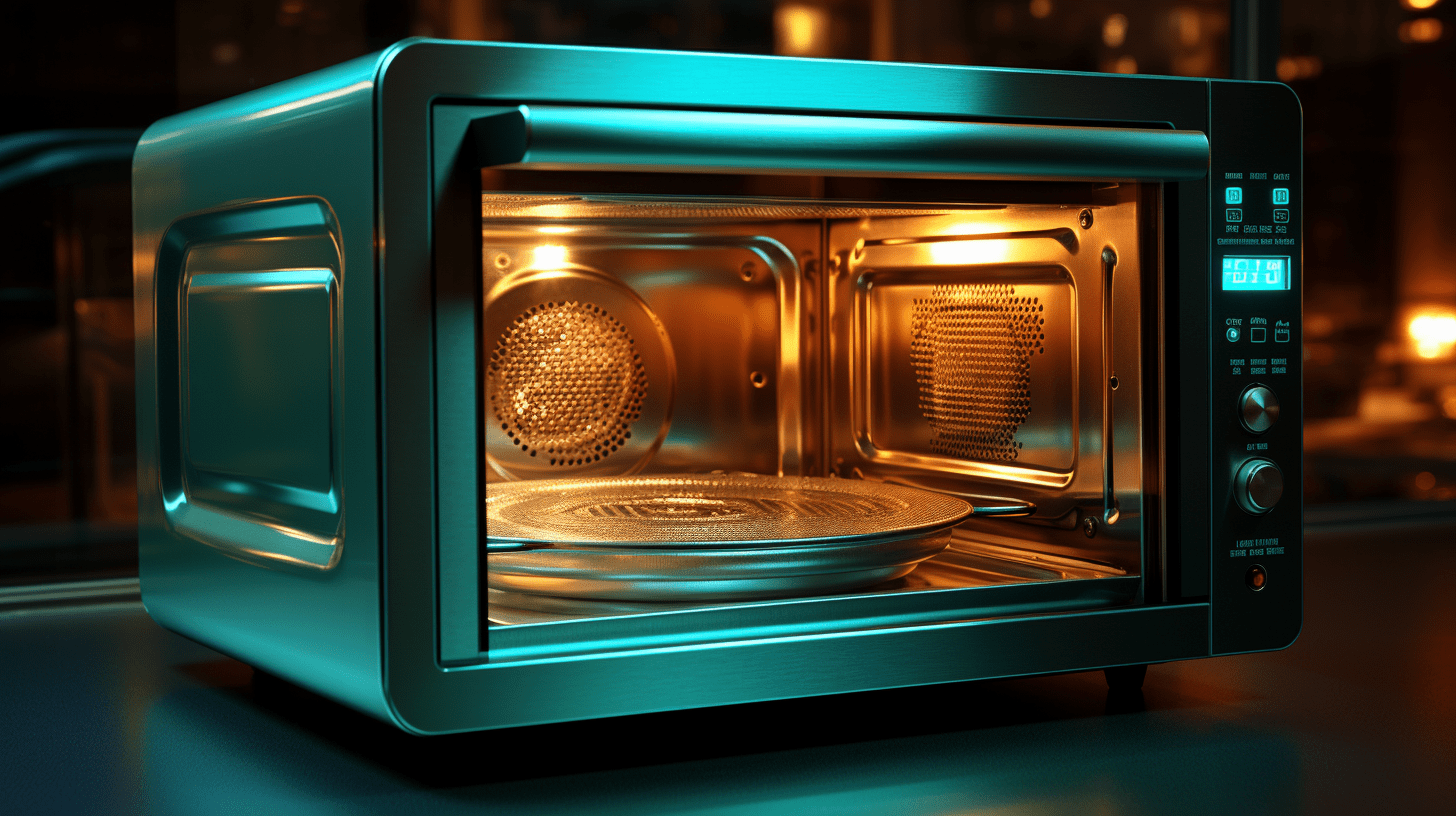Welcome back to TheKitchenApplianceDad.com, where we delve into the mystifying world of kitchen gadgets, providing insights and solutions to keep your culinary workspace running smoothly. Today’s topic is an unusual but not unheard-of phenomenon – microwaves that seem to have a mind of their own. If you’ve ever been perplexed by your microwave turning on by itself, you’re not alone. Let’s explore why this happens and what you can do about it.
Before diving into troubleshooting, it’s important to clarify what we mean by a microwave “turning on by itself.” This can manifest in various ways, such as the microwave starting a cooking cycle without input, the light or fan turning on unexpectedly, or the turntable spinning without reason. Regardless of the symptom, it’s a situation that demands immediate attention for safety and functional reasons.

One of the most common causes for a microwave starting on its own is a faulty door switch. Microwaves are designed with multiple safety switches that prevent the appliance from operating when the door is open. If one of these switches malfunctions, it might incorrectly signal that the door is closed, prompting the microwave to initiate a cooking cycle.
Another potential culprit is the control panel. Over time, the buttons or touchpad can become stuck or experience a short circuit. This can cause the microwave to start randomly as if someone were pressing the buttons.
Wiring issues within the microwave can also lead to spontaneous operation. If the wiring is faulty or damaged, it can create a continuous electrical path, causing the appliance to turn on without user input.
At the heart of your microwave is a circuit board that controls all of its functions. If this board has a defect or suffers damage, it could result in the microwave starting by itself. This type of problem often requires professional diagnosis and repair.
Your microwave’s owner’s manual may provide specific troubleshooting steps for your model. Refer to the manual for guidance on addressing issues that could lead to the microwave starting on its own.
If you’ve gone through these steps without resolving the issue, or if you’re not comfortable tackling these tasks on your own, it’s time to call in a professional. A qualified technician can diagnose and repair complex problems that aren’t easily addressed at home.
Keeping your microwave clean can prevent many issues. Wipe down the control panel and interior regularly, and ensure the door seal and latch are free from food debris.
Be gentle with your microwave’s door and buttons. Slamming the door or pressing buttons too hard can lead to premature wear and tear.
Electrical surges can damage the sensitive electronics in your microwave. Using a surge protector can help safeguard your appliance from unexpected voltage spikes.
At times, the cost of repairing an older microwave, especially if it requires extensive work, may not be justifiable compared to purchasing a new one. Here are some factors to consider:
To wrap things up, here’s a quick summary of the key points discussed in this guide:
We hope this guide from TheKitchenApplianceDad.com has helped you understand why your microwave might be turning on by itself and provided actionable solutions to tackle the problem. Remember, while some issues can be resolved with a little DIY spirit, never hesitate to consult with a professional when in doubt. Safety should always be your top priority when dealing with electrical appliances. Stay tuned for more tips, guides, and insights into the world of kitchen appliances. Happy cooking, and may your microwave behave itself from here on out!

